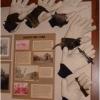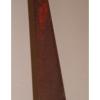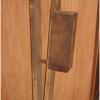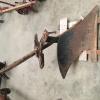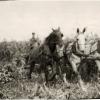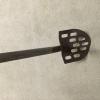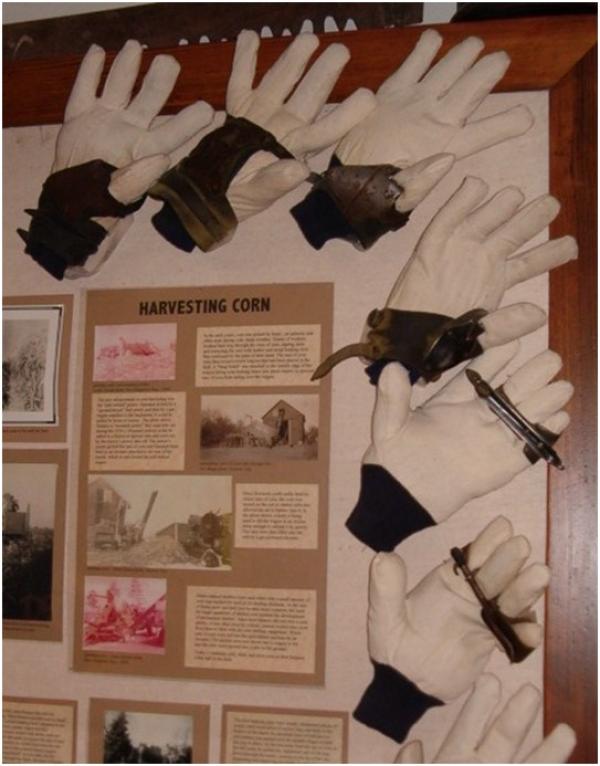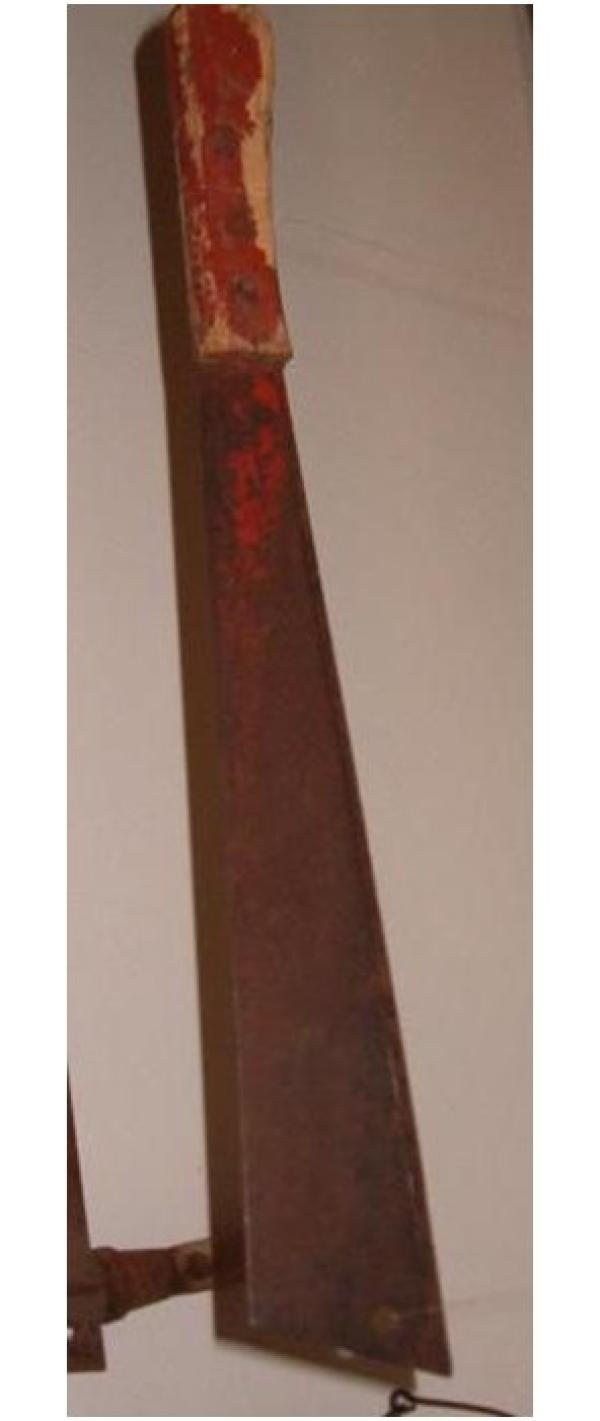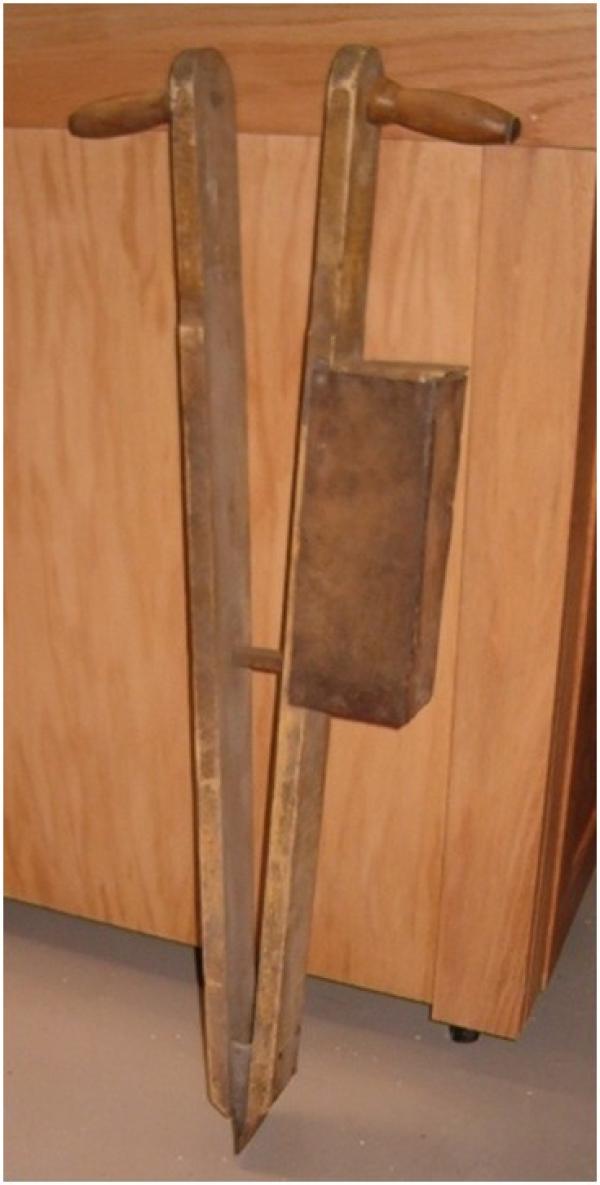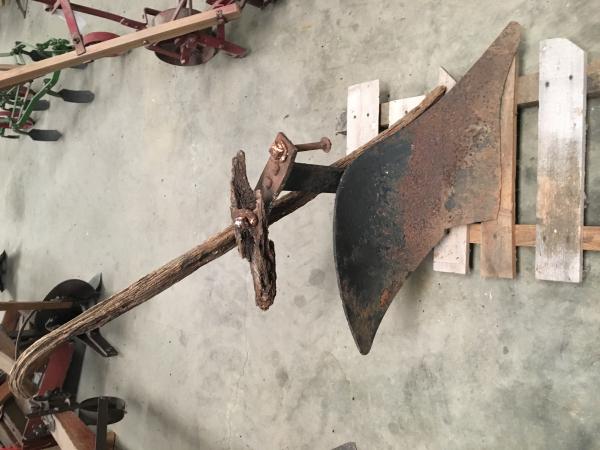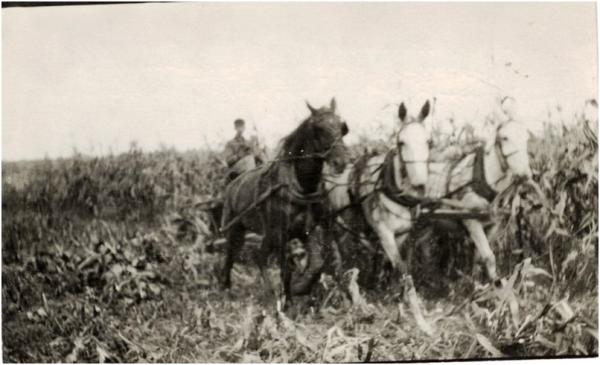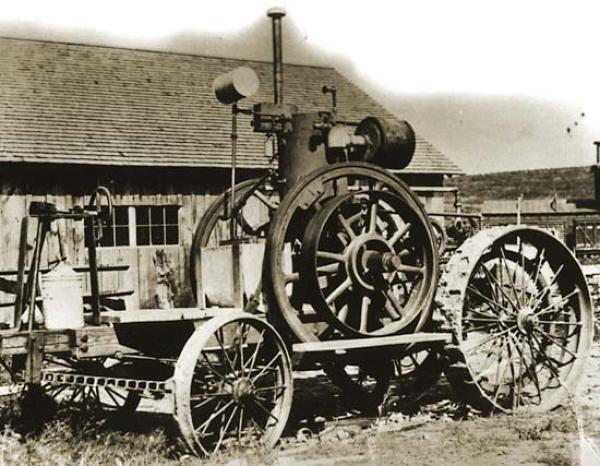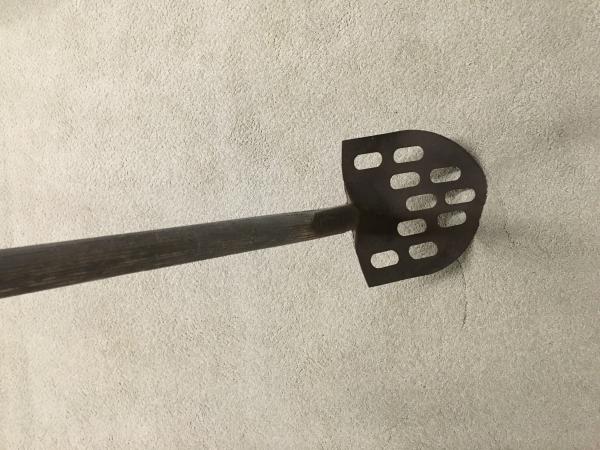Impacts of Agriculture
| Grade | 2nd Grade | Class | Social Studies | Length of Lesson | 45 Minutes |
| Lesson Title | Impacts of Agriculture |
| Unit Title | Natural Resources |
| Unit Compelling Question | Why should we be cautious when using Iowa’s natural resources? |
| Historical Context: Iowa created the DNR (Department of Natural Resources) in 1986. They are in charge of helping to protect our state parks, forest, wildlife, land, and water resources. Iowa is known around the country for having very fertile soil. In Iowa we are number one in the production of corn, oats, and soybeans. Iowa's good black soil is a natural resource. It has produced many goods and services for people in the United States and around the world. Iowa also has beautiful and inspiring state parks. The DNR was created to help protect Iowa's natural resources. ~ Allyson Simpson, Simpson College 2018.017.003 Before farmers used large machinery to harvest corn, the work was done by hand. As corn was harvested, husking hooks that were attached to the gloves either near the palm or on the fingers, were used to rip corn husks open so that the ears of corn could be easily air-dried in corn cribs. 2018.017.004 Corn knives such as this one are used to cut through corn stalks, and they are typically used when harvesting corn by hand. 2018.017.001 This hand planter was used by farmers to place corn seeds into the ground. Machines such as this one allowed farmers to plant more seeds in a shorter amount of time than previous planting methods. 2018.034.002 This sod breaking plow was used by one of the first families to settle in Audubon County. Plows like this were used to prepare land for farming. After this plow was no longer used for farming, it became a lawn landscaping piece. Pictured is the standing cutter of the plow which was made of steel, while the handles were made of wood. The plow would be pulled by oxen to loosen and plow the soil before planting. The plow helped to cut through roots that grown to a large size underground which helped with a better growing season and plentiful harvest. The depth of which the cutter went underground could be controlled with a lever and after a hole was cut through the root, a seed could be dropped into the soil. "Breaking prairie" as the term came to be called, varied on whether the spring was wet or dry, which affected when the soil could be broken. 2018.017.011 This photograph shows a Chickasaw County farmer cutting corn. The farmer appears to be using a corn cutter, which was a horse-drawn sled with blades attached to it that cut one or two rows of corn at a time. 2018.037.002 This photograph shows the gasoline-powered tractor that Iowan John Froelich invented in 1892. This tractor was the first of its kind that could forward and in reverse. After inventing this tractor, Froelich helped found the Waterloo Gasoline Traction Engine Company, which was purchased by the John Deere Company in 1918. While working for a mobile threshing company, Froelich realized that farmers had difficulty getting coal for their steam-powered tractors. In 1892, Froelich worked towards a solution to the problem by attaching a Vanduzen engine on top of Robinson steam engine frame. The gasoline-powered tractor was met with confusion by farmers, but soon became popular as it was the first of its kind to move forwards and backwards. Working with George Miller, Froelich opened the Waterloo Gasoline Tractor Engine Company and developed the Waterloo Boy line of tractors. Froelich's invention helped to modernize the farming industry and led to new farming techniques and increased productivity and the size of farms. However, despite creating the first gas-powered tractor, it was not able to pull a horse plow behind it as it was too bulky. This issue was soon fixed with a design released by the Hart-Parr Company. 2018.054.024 Almost all farms in Wright County had low wet spots that could not be used for farming until they were drained. Only the tops of the hills could be farmed. Farmers dug tile ditches by hand or hired others to dig the ditches. It was a good first job for immigrants before they had language skills to earn money to pay for their passage. Farmers at first just started at a low spot and dug a ditch from pond to pond. Later the county engineer would lay out the line. Draining ponds increased the land available for farming and the rich soil was discovered. Drainage of excess water is determined by the topography of the land and the natural slopes of the ground. In some areas, drainage is present but in others, no drainage means excess water floods farming fields and destroys crops. |
|
| Lesson Supporting Question | |
| Lesson Overview | In this lesson, students will explore agriculture in Iowa then and now. Students will “think like a geographer” by analyzing primary sources. Students will also read an article about agriculture and discuss difficulties of raising the food supply for an increasing population without a growing amount of soil. This lesson leads up to students creating a cause & effect booklet to show good and bad consequences of using Iowa’s natural resources.
*This lesson is planned for one of the last lessons in the natural resource unit. Up to this lesson, students have learned about natural vs. human-made resources and can explain the terms renewable and nonrenewable. Students are aware that soil is an interesting resource—soil can be remade, classifying it as renewable, but soil can also be classified as nonrenewable because of how long it takes for soil to be remade. Students have also practiced asking questions like geographers. |
| Primary Sources Used |
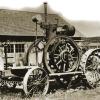 2018.037.002
2018.037.002 |
| Resources Needed | |
| Standard | |
| Lesson Target | Students will answers the article questions with 80% accuracy. |
| Lesson Themes | |
|
| Formative Assessment (How will you use the formative assessments to monitor and inform instruction?) |
● The teacher will check students’ sticky notes to see what information they pulled from the article. |
| Summative Assessment (How does the lesson connect to planned summative assessment(s)?) |
● The unit summative assessment will consist of the students creating a cause & effect booklet to represent natural resources that we use and what the consequences of using those resources can be (good and bad). |
| Author | Shelby Miller | Created | Last Edited | ||||
| Reviewer: Dr. Chad Timm, Simpson College | |||||||
| Lesson Plan Development Notes: Social Studies Methods, Simpson College, Spring 2019 | |||||||

